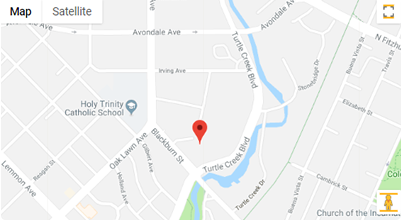When in a car wreck, the instinct is to blame the driver. Maybe they were going too fast or driving too recklessly. Maybe they were driving tired or drunk. Maybe they were texting or looking at the radio, but who is to blame when the driver does everything right? Perhaps faulty parts.
Ford, Firestone and Car Accidents Caused by Faulty Parts
Firestone and Ford: 2000
Most car accidents are caused by human error; however, there are some cases when faulty brakes, tires or road work is at fault. Back in 2000, many Ford Explorers outfitted with Firestone tires experienced failures on the road. Because the Firestone tires were quickly shredding on the road, many Ford Explorers rolled causing many deaths and serious injuries for the passengers.
Not Ford’s First Issue
Before Ford came under fire for faulty tires, a 28-year old school teacher brought safety concerns to light after experiencing a traumatic brain injury due to a faulty seatbelt. Eileen Robinson’s attorneys claimed that though the accident occurred because of human error, Robinson was ejected from the car, despite wearing her seatbelt, due to faulty design by Ford. In this case, the jury agreed awarding Robinson, et al $53 million.
How Ford Came Back
The early 2000’s were a time of unrest for Ford. From legal battles to massive recalls, their past mistakes were costing their customers’ lives. Following the Firestone tire issues, Ford recalled all Firestone tires on Explorers. They offered free tires to all Explorer owners, and created a new built-in roll cage that minimized rollovers in Ford Explorers.
What to Do if Your Driver Was Not to Blame
Though drivers are often the blame, injuries may have been made worse due to a faulty product. If you were hurt in a car accident or believe your driving was not the fault in a car accident, contact a lawyer immediately. You can not only minimize your blame in the accident, but also help to prevent other drivers from experience the same trauma.

